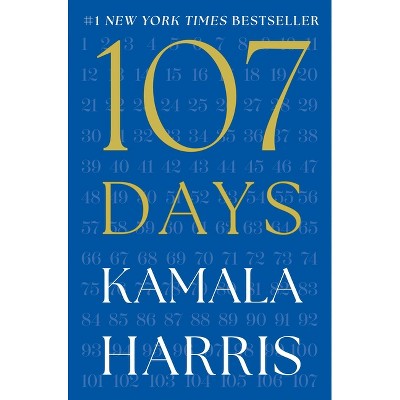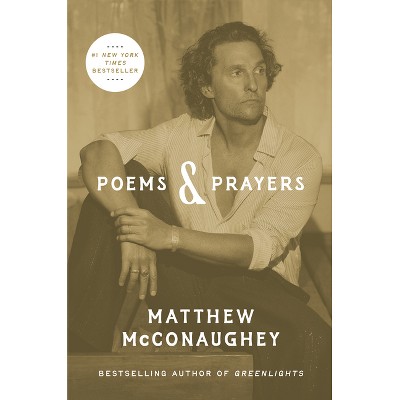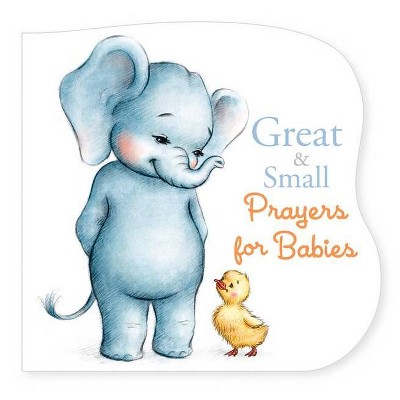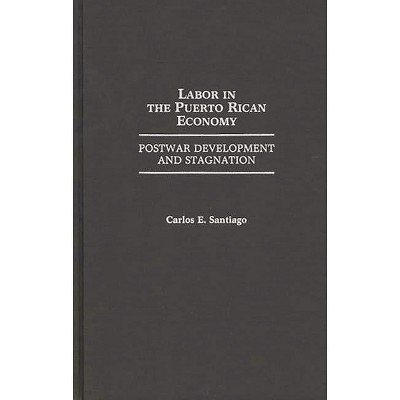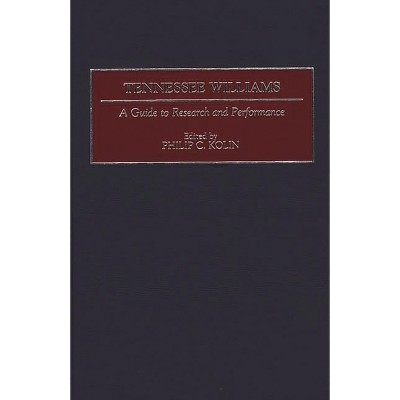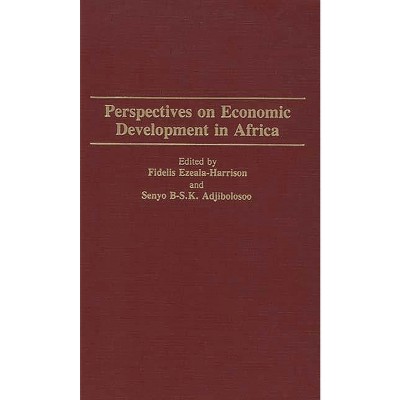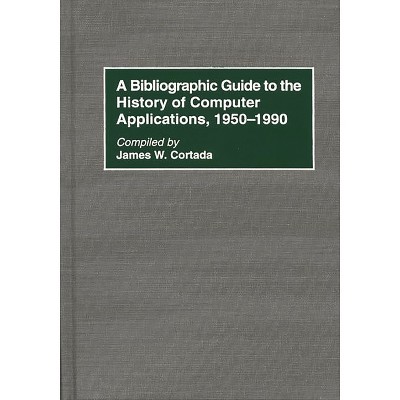Sponsored

Siting Low-Level Radioactive Waste Disposal Facilities - (Bibliographies and Indexes in World) by Mary R English & Mary Read English (Hardcover)
In Stock
Sponsored
About this item
Highlights
- Many lament the difficulty of siting hazardous waste facilities that are intended to benefit the public at large but are locally unwanted.
- About the Author: MARY R. ENGLISH is an Associate Director of the University of Tennessee's Energy, Environment, and Resources Center and a Senior Fellow of the University's Waste Management Research and Education Institute.
- 304 Pages
- Business + Money Management, Government & Business
- Series Name: Bibliographies and Indexes in World
Description
About the Book
Many lament the difficulty of siting hazardous waste facilities that are intended to benefit the public at large but are locally unwanted. Many label local opposition as purely self-interested; as simply a function of the NIMBY (Not In My Backyard) syndrome. Drawing upon the experience of states trying to site new low-level radioactive waste disposal facilities, Mary English argues that we need to think harder and look deeper, to understand--and, possibly, solve--the siting dilemma.
The 1980 Low-Level Radioactive Waste Policy Act ushered in a new era in low-level radioactive waste disposal; one of vastly increased state responsibility. By a 1985 amendment, states were given until January 1993 to develop a new system of disposal facilities. English reviews the progress they have made, focusing on one difficulty: that of finding technically and socially acceptable sites. She then turns to issues concerning authority, trust, risk, and justice that help to shape the siting dilemma. This book is made highly readable by vivid examples drawn from recent efforts to site low-level waste disposal facilities. The volume will be a helpful resource to those in the public and private sectors who are immediately concerned with the siting of radioactive waste disposal facilities, hazardous waste facilities, solid waste landfills, incinerators, etc., as well as social scientists who are studying this problem.
Book Synopsis
Many lament the difficulty of siting hazardous waste facilities that are intended to benefit the public at large but are locally unwanted. Many label local opposition as purely self-interested; as simply a function of the NIMBY (Not In My Backyard) syndrome. Drawing upon the experience of states trying to site new low-level radioactive waste disposal facilities, Mary English argues that we need to think harder and look deeper, to understand--and, possibly, solve--the siting dilemma.
The 1980 Low-Level Radioactive Waste Policy Act ushered in a new era in low-level radioactive waste disposal; one of vastly increased state responsibility. By a 1985 amendment, states were given until January 1993 to develop a new system of disposal facilities. English reviews the progress they have made, focusing on one difficulty: that of finding technically and socially acceptable sites. She then turns to issues concerning authority, trust, risk, and justice that help to shape the siting dilemma. This book is made highly readable by vivid examples drawn from recent efforts to site low-level waste disposal facilities. The volume will be a helpful resource to those in the public and private sectors who are immediately concerned with the siting of radioactive waste disposal facilities, hazardous waste facilities, solid waste landfills, incinerators, etc., as well as social scientists who are studying this problem.Review Quotes
?this book should provide insight to anyone involved in selecting or approving the location of controversial facilities." The Hazardous Waste Consultant . . . welcome this thoughtful analysis, which raises the implicit yet vitally important issues of authority, trust, risk, justice, and legitimacy to a level of discussion at which they can be considered and incorporated into future siting efforts. The author presents something for nearly everyone in this exhaustive discussion of an important, contemporary environmental problem. Most importantly, the issues are handled in such a way that no biases were evident. The author is to be commended for the depth and perceptivity of her work.?-The Hazardous Waste Consultant Forum For Applied Research and Public Policy RISK
?The book's case studies provide many insights about pitfalls to avoid and will be useful background for anyone thinking about the design of siting procedures. It also offers a good overview of the siting dilemma.?-CHPC Booknews
"The book's case studies provide many insights about pitfalls to avoid and will be useful background for anyone thinking about the design of siting procedures. It also offers a good overview of the siting dilemma."-CHPC Booknews
"this book should provide insight to anyone involved in selecting or approving the location of controversial facilities." The Hazardous Waste Consultant . . . welcome this thoughtful analysis, which raises the implicit yet vitally important issues of authority, trust, risk, justice, and legitimacy to a level of discussion at which they can be considered and incorporated into future siting efforts. The author presents something for nearly everyone in this exhaustive discussion of an important, contemporary environmental problem. Most importantly, the issues are handled in such a way that no biases were evident. The author is to be commended for the depth and perceptivity of her work."-The Hazardous Waste Consultant Forum For Applied Research and Public Policy RISK
About the Author
MARY R. ENGLISH is an Associate Director of the University of Tennessee's Energy, Environment, and Resources Center and a Senior Fellow of the University's Waste Management Research and Education Institute. She has published extensively on public policy aspects of risk management and has been involved in research on low-level radioactive waste disposal issues since the mid-1980s.Shipping details
Return details
Trending Non-Fiction

